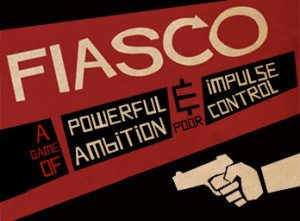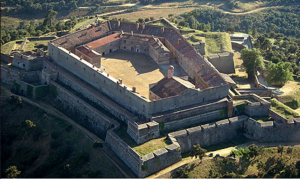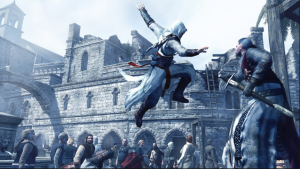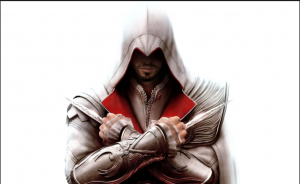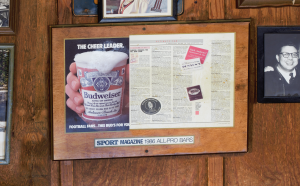Minecraft Podcast Reflection
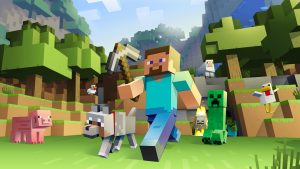
The process of making the second podcast was a lot easier than the first time through. It took a little bit of time to adjust our writing style to fit the podcast rather than write an essay the first time through which meant that the whole process took longer than. Something that we did during both podcasts that led to our success was starting early. We once again started working on the podcast a week before it was due which was very helpful. We were able to get all of our ideas together and written down in a basic script before meeting with professor Morgen about our ideas.
We used a similar structure in our Minecraft podcast as we did in the previous podcast. We started off with a little bit of description about the game and how popular it is. Then I described why the game has accrued so many awards and why it is such a unique and cool game from a personal perspective as an avid Minecraft player. After that we played the game and related it to a chapter in Ian Bogost’s novel, How to Do Things With Video Games.
Even though the structures were similar, I felt that the process of making the second podcast was very different than the first one. One key difference was that Ben had actually played Minecraft before. This made the process easier because it felt more natural to have a conversation about something that we both knew about instead of a more one-sided argument. This also made the whole process more fun for both of us.
Now that we are approaching the conclusion of this course, I can say confidently that making these podcasts was my favorite assignment of the year. It was a really interesting way to explore a new form a writing in a new medium. I learned a lot about how to make a podcast and how to use audacity which is a useful thing to know how to do. Not only was it good for me to be exposed to this different type of writing but it was also really fun. It was great to be able to pick topics that we were passionate about and I think it lead to higher quality podcasts. Overall, I thought these two assignments were the most interesting of the whole semester and I definitely recommend assigning them again in future classes.

